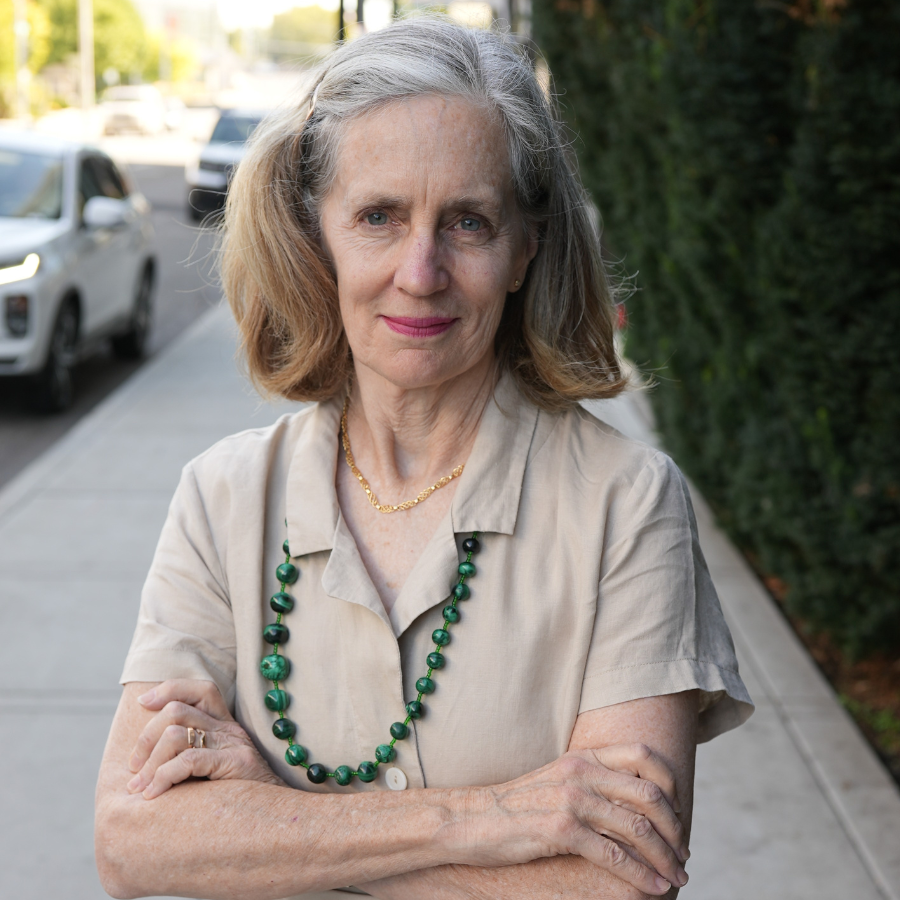Last Friday Governor Jay Inslee called for correcting the “lack of educational opportunities” for African-American families. Here is what he said:
“…We are now involved in discussions listening to people about their ideas, certainly when it comes to unnecessary police violence, but also all the other manifestations of this problem that have ended up with huge economic inequities, lack of educational opportunities, disproportionate access to health care and all the other things that have affected people’s lives…”…At 31:30.
The Governor is right. The most effective way to achieve full economic equality is to provide children better educational opportunities. Yet it is well established that African-American children are not well served by the public school system.
A survey by National Public Radio/Robert Wood Johnson/Harvard T.H. Chan School of Public Health survey shows 64 percent of African American families agree with this statement:
“Because of the way the schools operate where I live, African American children here don’t have the same chances to get a quality education as white children.”
The numbers back this up. Each year officials assign children to one of Washington’s 365 state-identified failing public schools. Barely 74 percent of African-American students graduate from high school, compared to 83 percent of white children.
More money is clearly not the answer. Over the last eight years Washington state has increased funding to schools by 102 percent, from $13.5 billion to $27.3 billion. Still the achievement gap remains, and in some school districts has gotten worse.
Right now African American children are being disproportionately hurt by the statewide school closure ordered by the governor in March. The state superintendent now says normal school operations in Fall 2020 “is not a viable option.”
McKinsey reports that African-American children will lose on average 10 months of learning if school closures and part-time schedules continue into the fall. The report estimates this would increase the achievement gap by 15 to 20 percent. School closures are expected to cost the average K-12 student between $61,000 to $82,000 in lost lifetime earnings. These costs are worse for African American and Hispanic families.
For these reasons state leaders should aggressively expand learning choices for children, especially for African-American families. Charter schools are popular in urban districts with failing traditional schools. Yet Washington has allowed only 14 public charter schools in a system of 2,300 traditional schools. State policy underfunds charter schools. A bill to close the gap by providing charter families with $1,550 per student was voted down just four months ago, though the bill had bipartisan support from all Republicans and a number of urban Democrats.
The governor’s noble statements should be backed up by action. All students, especially children now sent to failing schools, should be given expanded access to charter schools, tutoring services, scholarship funding and online education. Given how hard families across the state have hit by recent crisis, isn’t that the least our leaders can do?




